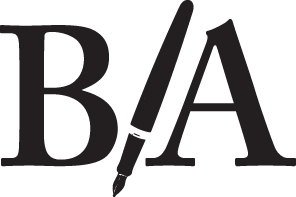How To Know Your Big Idea Will Work
It’s a perennial question. Authors, movie producers, painters, and entrepreneurs are asked the same question.
How do you come up with ideas that work?
Trial and error is a huge part of it. But it’s possible to put your ideas through a framework that helps mitigate some of the "error" part.
1. Know your sweet spot
I think of a Venn diagram. The intersection of what you know (or can do), what you love, and what people want. Although there should be a bit of a caveat on the third one. Sometimes people don’t know what they want until it sits in their hands. People didn’t know they wanted an iPhone until they had an iPhone (or saw a friend with an iPhone). We take a deeper dive into “What the people want” in #3.
But beyond the caveat — look for ideas that land in your sweet spot. That’s a great first indicator that this might just work.
2. Look for Models
Okay — there’s a danger in looking for models because we often confuse modeling with imitation. Imitation is superficial copy-catting. Modeling is understanding the bones and knowing the principles.
Hint: More on models tomorrow.
3. Find your value
This is the hardest part. Get ready to work. You have to figure out if your idea is bringing enough value to the table that people will pay for it. That they’ll buy the admission ticket. They’ll hire you. This is a process of figuring out your customer segment, their pain, your solution to their pain, and why that matters.
Hint: You won’t figure this out in five minutes. You either need to study this book very carefully or hire me.
4. Test
You must become a scientist. Your idea is a proposition. Now it’s time to test it in the real world to see if it will work. You can’t just ask your mom for her opinion. You need hard evidence that this thing is legit. This should be a long and intentional process if your big idea is going to cost millions of dollars to produce. (Remember last year’s films “The Hurricane Heist” or “Mortal Engines”? I didn’t think so. Nobody asked for them. Studios lost big on these.) For less risky endeavors, the testing process can be simplified.
Hint: you want evidence this thing is going to work. Not opinions. Without evidence, risk increases in a dramatic way.
5. Trust
Trust the process. It might get scary. But don’t run. Don’t fight. Don’t be a lizard. If your big idea has made it this far, you might have something to run with.
Hint: Now we add to the complexity.
You’re just getting started.
Finding your big idea is approximately 2% of the process.
98% of what you do from here on out will involve working on systems for leadership, management, and marketing your big idea.
